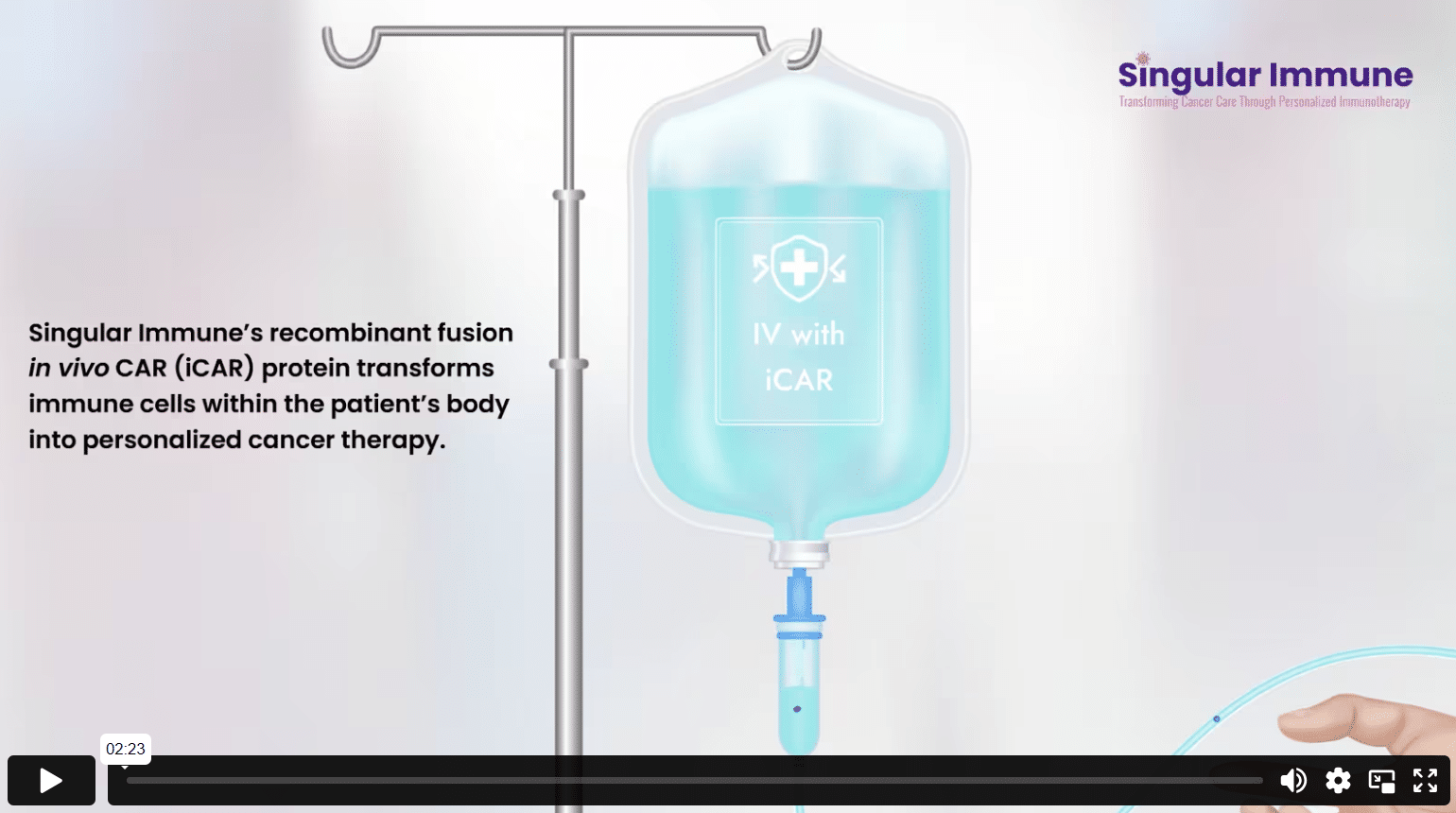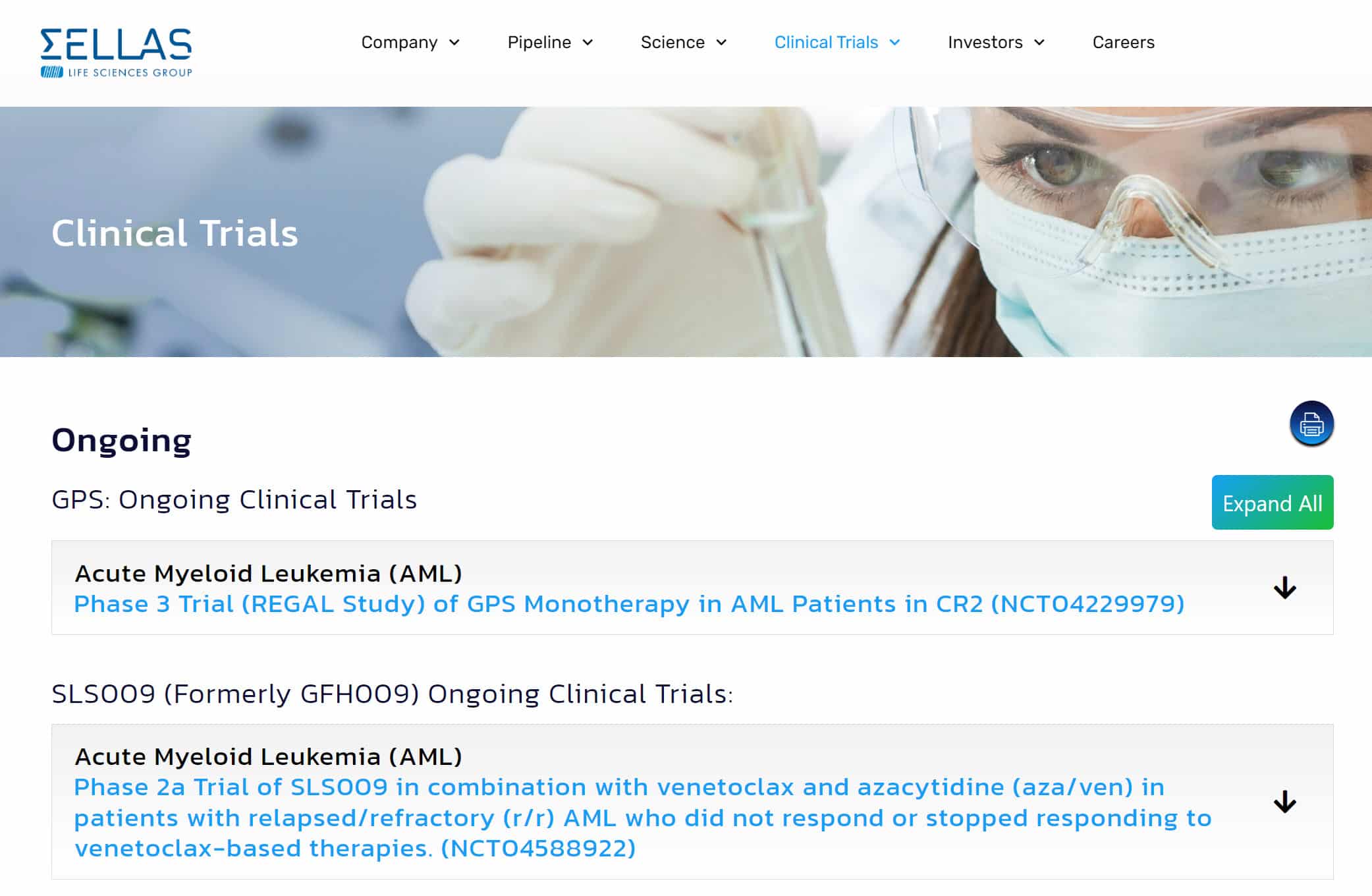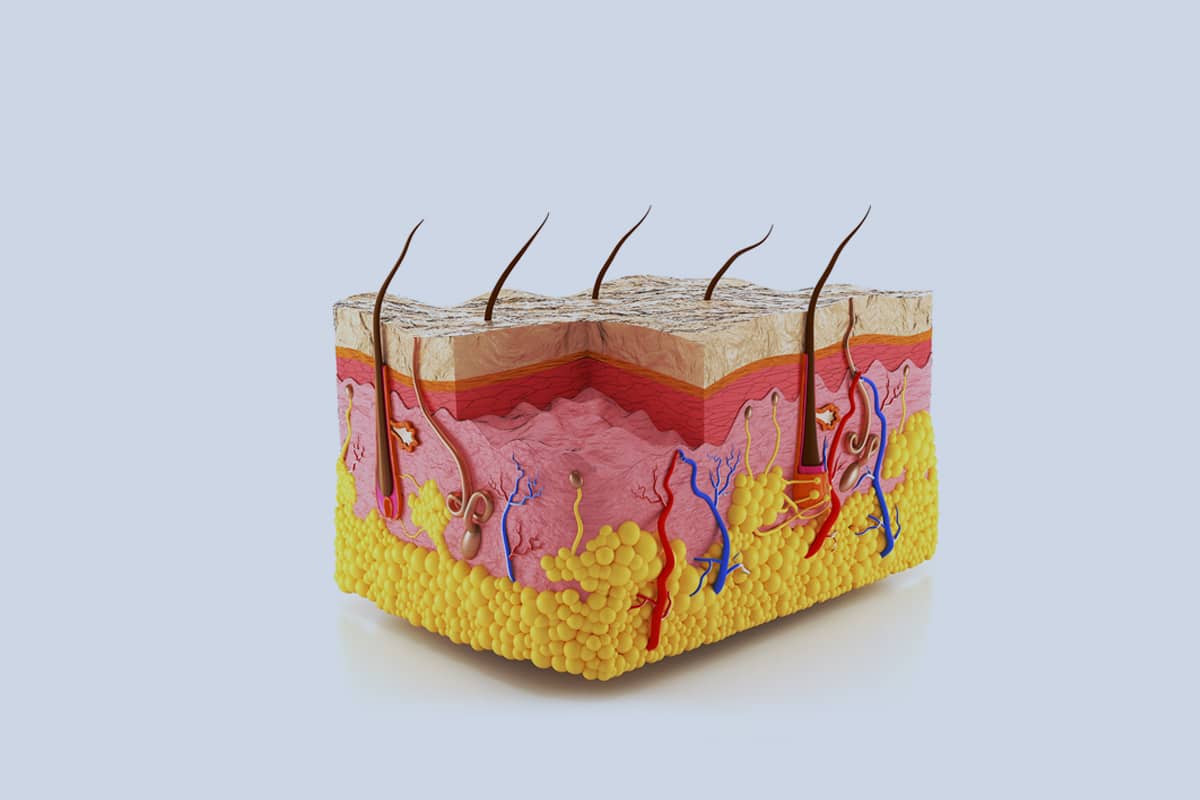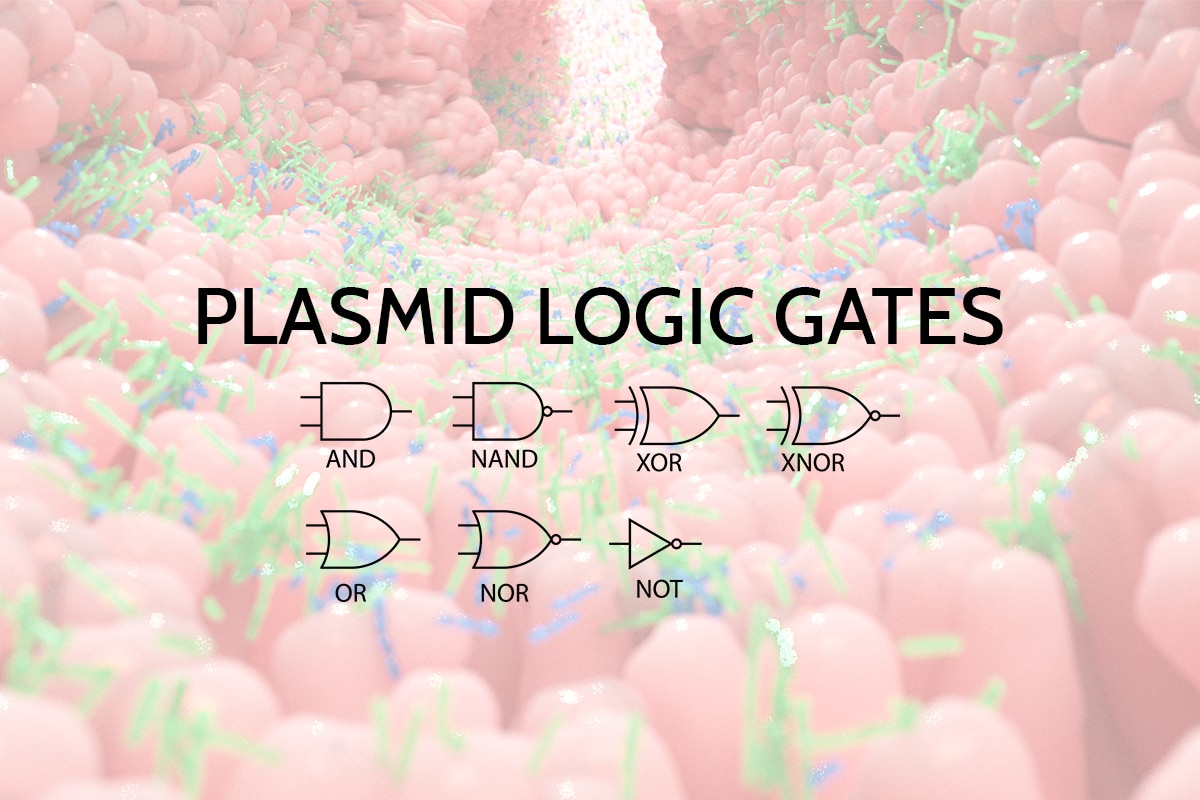Best Design Trends for Biotech and Life Science Websites: Navigating the Future of Innovation
In the ever-evolving landscape of biotechnology and life sciences, where groundbreaking discoveries are as much about presentation as they are about the science itself, the design of websites plays a pivotal role.
A well-crafted biotech website not only communicates scientific prowess but does so in an engaging, thoughtful manner designed to "show" as much as "tell". Here are 5 design trends that are shaping the digital presence of biotech and life science websites:
1. Less is More:
Best biotech website practices embrace simplicity, with uncluttered layouts and streamlined navigation. This approach ensures that the scientific story takes center stage, fostering a user experience that is both intuitive and visually pleasing. We design so that visitors see the key "nuggets" without having to look for them. This is done via graphics and smart callouts.
In this example from Axxiem's client IBCMRT, we have taken complex content and added visuals, cross-links, bulleted lists, and a lot of "read more" opportunities to make the content more digestible.
2. Scientific Storytelling through Illustrations:
Custom scientific illustrations and infographics are transforming complex concepts into digestible visual narratives. Molecular structures, cellular processes, and intricate biological pathways are brought to life, making the science more accessible to researchers and the curious public alike.
3. Clinical Trials, informing audiences without overwhelming:
Clinical Trials is often an important part of the biotech website. Information needs to be presented clearly without overwhelming. We often use methods such as accordion design (i.e. drop sections) to present clinical trial info and enabling the visitor to drill for more detail. Of course, we cross link to clinicaltrials.gov.
EXAMPLE OF AXXIEM'S CLIENT PRISM BIOLAB
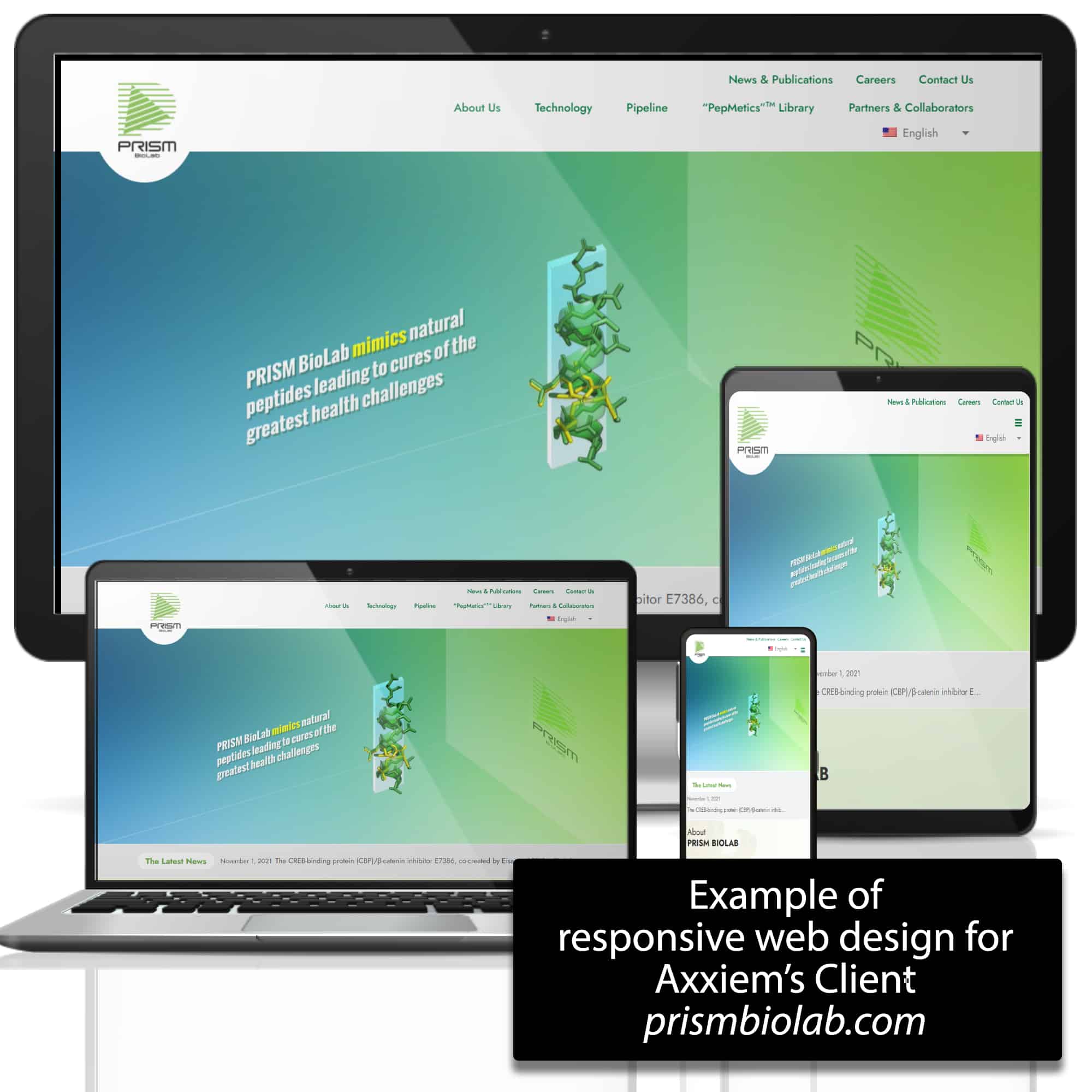
4. Responsive Design for Diverse Devices:
Anywhere, Anytime: The necessity for responsiveness is non-negotiable. Researchers and stakeholders access websites from various devices. Responsive design ensures a seamless experience across desktops, laptops, tablets, and smartphones, meeting the demands of a mobile scientific community.
5. Dynamic Visual Elements:
Bringing Pages to Life: Subtle animations and dynamic backgrounds add a contemporary flair. Strategic use of motion guides users through the website, creating an engaging and interactive experience. Animation serves to highlight key scientific processes without overwhelming the visitor.
See More Design Blog Posts from Axxiem:
Development of an Effective Non-Hormonal Female Contraception Birth control is a universal term that encompasses everything from a physical barrier to the chemical inhibition of ovulation. The most common form of contraception, according to the CDC, is female sterilization. Excluding Read more
Losing Fat Through the Skin In June, the FDA approved Wegovy for chronic weight management. This subcutaneous injection is the first approved drug for chronic weight management in adults with a high BMI and general obesity since 2014. With 70% Read more
Programming Gene Expression in Multicellular Organisms for Physiology Modulation Through Engineered Bacteria Bacteria are fascinating little machines. In the past century, we have harnessed the power of bacteria to produce antibiotics, recombinant drugs, and food. We as humans have evolved Read more


